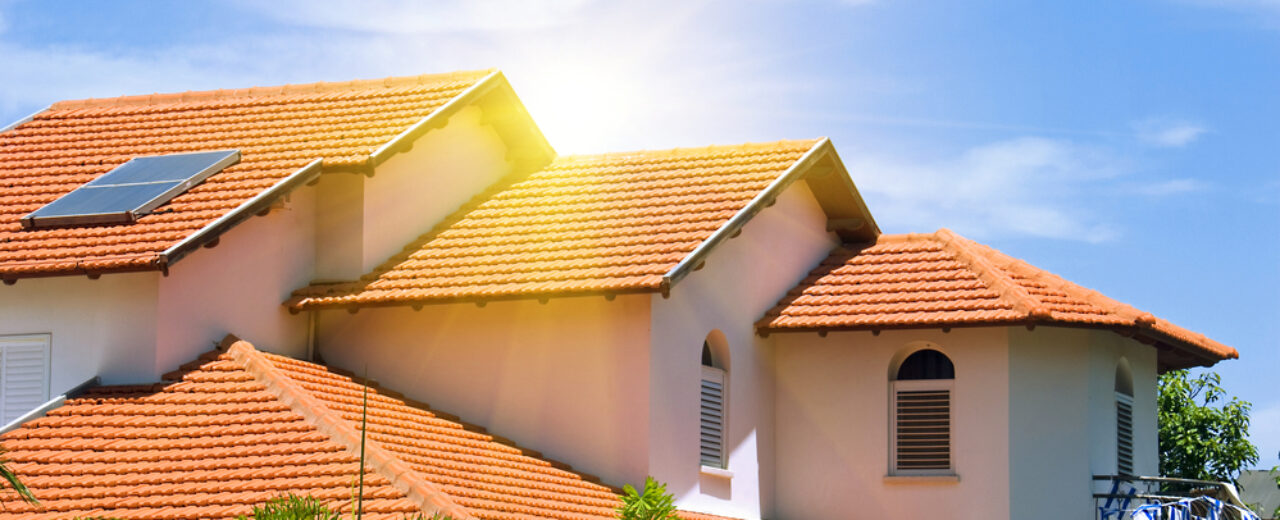Preparing Your Roof for a Dry, Hot Summer: What Every Homeowner Should Know
As temperatures climb and rainfall becomes scarce, your roof becomes the first line of defense against the relentless summer heat. While winter brings its share of roofing concerns, a dry, hot summer poses its unique challenges, especially in areas prone to prolonged heat waves and intense sun exposure. Preparing your roof for these conditions can prevent damage, extend its lifespan, and improve your home’s energy efficiency.
1. Inspect for Heat-Related Wear and Tear
The summer sun can be brutal on roofing materials. Asphalt shingles can become brittle and crack, while tiles may shift or loosen under extreme heat expansion. Before the hottest part of the season arrives, schedule a professional inspection or carefully assess your roof from the ground using binoculars. Look for signs like curling shingles, discolored patches, or cracked flashing around vents and chimneys.
2. Clean Off Debris and Check Gutters
Even in dry climates, debris like leaves, dirt, and twigs can accumulate on your roof or in your gutters. This can trap heat against the roof surface, leading to premature aging of the materials. Clogged gutters can also redirect water improperly during rare summer storms, causing water to back up under shingles or pool near the foundation. A thorough cleaning of your roof and gutter system is a simple yet effective way to protect your home.
3. Seal and Secure Flashing and Vents
Flashing around vents, skylights, and chimneys is particularly vulnerable to expansion and contraction due to extreme heat. If the flashing pulls away or the sealant cracks, it can create a pathway for water intrusion during summer thunderstorms or monsoon-type rains. Re-sealing these areas with high-quality, heat-resistant sealant can prevent expensive repairs later.
4. Check Attic Ventilation and Insulation
Your attic plays a crucial role in how your roof handles summer heat. Poor ventilation traps hot air, which can cook your roofing materials from underneath, leading to premature deterioration. Ensure that soffit vents, ridge vents, or attic fans are functioning correctly. Additionally, adequate insulation will prevent heat from radiating into your living spaces, reducing your cooling costs and improving indoor comfort.
5. Consider Reflective Coatings or Cool Roof Options
If your roof is older or you’re planning maintenance soon, consider applying a reflective coating or upgrading to a “cool roof” system. These materials are designed to reflect more sunlight and absorb less heat, which can reduce roof surface temperatures by up to 50°F. Not only does this improve energy efficiency, but it can also extend the life of your roof by years.
6. Schedule Preventive Maintenance Early
Summer is a busy season for roofing contractors. Scheduling maintenance and minor repairs before temperatures reach their peak ensures you’re not left waiting in the middle of a heatwave. Early attention to small issues can prevent emergency repairs when materials are hot, brittle, and harder to work with.
Final Thoughts
Preparing your roof for a dry, hot summer is about more than just comfort—it’s about protecting your home’s structure and long-term value. With a little proactive care and the right professional support, you can enjoy peace of mind knowing your roof is ready to handle whatever the summer sun throws its way.


